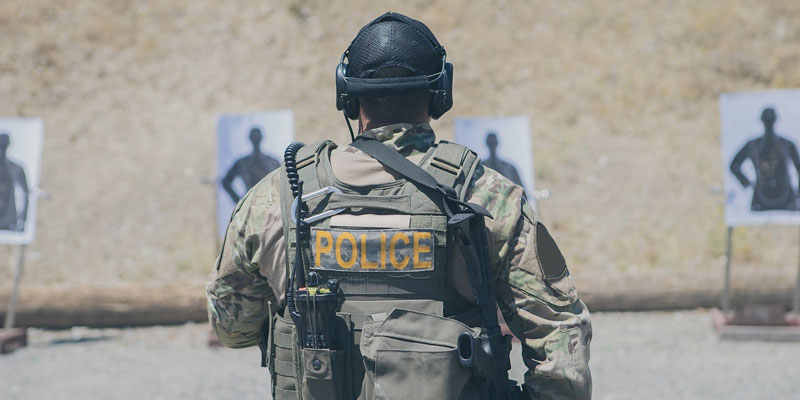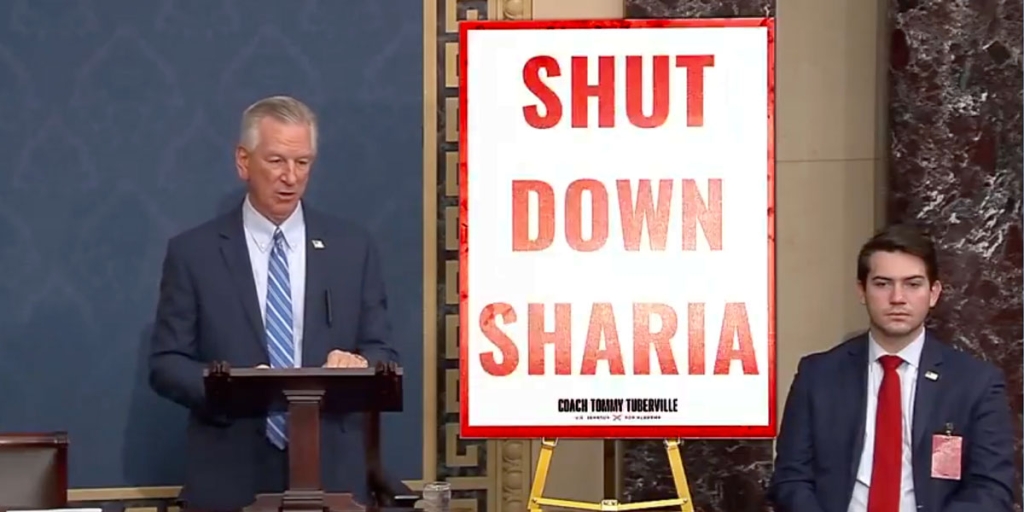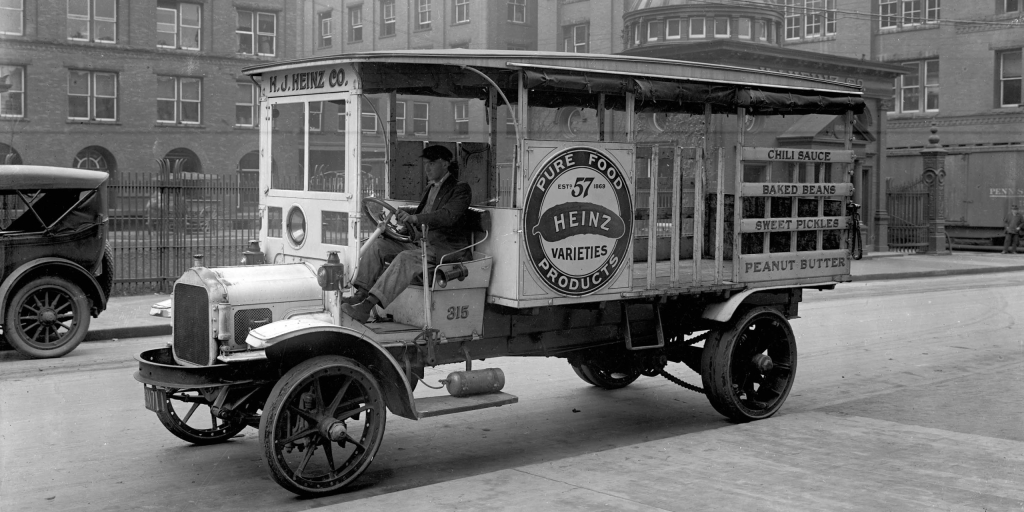As a trained military combat veteran with deployments in both Afghanistan and Iraq, I have sat through more hours of instruction, live fire exercises, and combat drills in my nearly eight years of service than I care to remember. Prior to a deployment it was essential that every soldier in my company understand what a real threat to our safety was as well as the safety of those around. We knew that going into the areas where we were going that it wasn’t enough to train a soldier to kill but to react with an escalation of force, steps that we designed to neutralize a threat as quickly as possible but with the least amount of force needed. Lethal force was only deemed an option when the Four S’s – Show, Shove, Shout, Shoot – had been exhausted and the threat still existed or when the possibility of death was emanant.
The word emanant is the key when discussing the use of force. Since August 9, 2014, when police officer Darren Wilson fatally shot Michael Brown on the streets of Ferguson, Missouri, we have been inundated with article after article and media report after media report highlighting episodes of police brutality throughout cities and states all across this country. In far too many of these incidents, from my perspective as someone who understands what it is like to have to attempt to process a metric ton of data in mere moments in order to attempt to identify the level of a threat that is presented and the appropriate response to combat that threat, the word emanant has been replaced with the word possibility.
Because of that subtle shift in thinking, too many times we have seen that simply because a suspect drops his hands to his waist or had an unknown object in his hands or pocket the first response by police is to assume the worst and to respond using deadly force. I want to take a second and highlight two of these such incidents that have transpired over the last four months.
The first was a few months ago when a story made its rounds on social media detailing how former Mesa, Arizona, police officer Philip Brailsford was acquitted of 2nd-degree murder by a jury after a police-involved shooting of an unarmed, intoxicated individual in a hotel hallway. I watched the body cam footage released by the judge in the case and saw as officer Brailsford shouted and screamed at a man on his knees begging for his life not to be taken.
Not long after that I came across another article on Twitter detailing how four billboards in Wichita, Kansas, were demanding charges for an the officer-involved shooting of Andrew Finch. This case was much more tragic. Mr. Finch was a victim of what is known as swatting, where in response to a slight (in Mr. Finch’s case an argument over an online game) an individual makes a false call to the local police with the intended purpose of having a SWAT team called to a person’s home. When Mr. Finch noticed the commotion outside of his home and stepped onto the porch to investigate, he was fatally shot by police.
In both incidents, we can see what I believe was a complete overreaction by the police officers involved. As a matter of fact, the more I watch the body camera footage from Arizona I find myself wondering why in the world the police would ask the suspect to crawl toward them. As soldiers, we were always taught to ask the suspect to lay face down and to send one person to search and detain the suspect while the rest of us remain behind at the ready should something happen. There is no doubt that if officer Brailsford had acted in a similar fashion, Daniel Shaver would be alive today. I do believe it is long past time for police departments nationwide to redefine what exactly a threat is and how to respond appropriately before any more innocent lives are needlessly lost.
@dannybritton256 is a veteran of the Iraq and Afghanistan wars lives in Athens.













